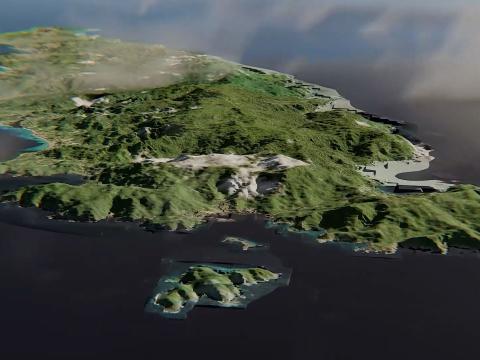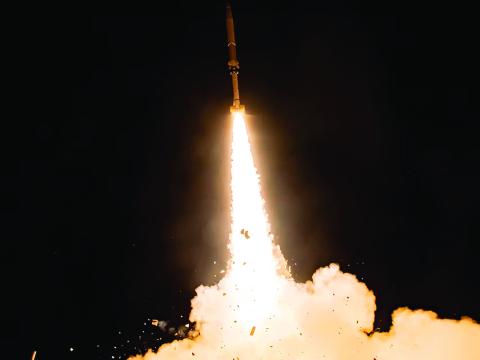Two Capsules to Serve as the Cure for Outsourced U.S. Space Transportation
NASA has awarded its long-awaited Commercial Crew Development contracts to Boeing and SpaceX to build the next generation of spacecraft that will deliver astronauts to the International Space Station beginning in 2017. The two firms will build, deliver and launch space capsules of their own design to provide human access to low Earth orbit. Currently, U.S. astronauts can reach the space station only by purchasing seats aboard Russian Soyuz spacecraft for $70 million each.
The total potential contract value will be $6.8 billion for spacecraft certification over the life of the contracts, according to Charlie Bolden, NASA administrator. Boeing will receive $4.2 billion, and SpaceX will receive $2.6 billion.
The Commercial Crew Development (CCDev) program aims to establish a commercial U.S. human space launch capability. The approach is modeled after the original air mail contracts of the 1920s, which helped spur the growth of the commercial air transport industry. Boeing and SpaceX had received funding for the second phase of the contract, CCDev 2, along with Sierra Nevada Corporation and Blue Origin.
Boeing’s crew space transportation (CST)-100 capsule is designed to accommodate up to seven crew members or a mix of crew and cargo. According to Boeing, each CST-100 could be reused as many as 10 times. It could be launched on a number of different launch vehicles, although initial flights are expected to be on a United Launch Alliance Atlas V, according to Boeing. An air bag cushion system would enable the spacecraft to return to Earth on dry land.
SpaceX’s crewed vehicle is the Dragon version 2, which is a version of its Dragon spacecraft that already has served as a robotic space station resupply vehicle. The crewed version would carry up to seven astronauts or a mix of crew and cargo, and it would be launched atop the SpaceX Falcon 9 launch vehicle. The capsule would return to Earth for reuse multiple times via splashdown in the Pacific Ocean, where it would be retrieved by SpaceX recovery vessels or by rocket-assisted touchdown on land, according to SpaceX.
Under the contract, each company will conduct from two to six missions to the space station once their spacecraft are certified for human spaceflight. Each mission will include a crew of four along with technology cargo, and each spacecraft would be able to serve as a station lifeboat for up to seven months. Both spacecraft would be launched from the Kennedy Space Center.




Comments